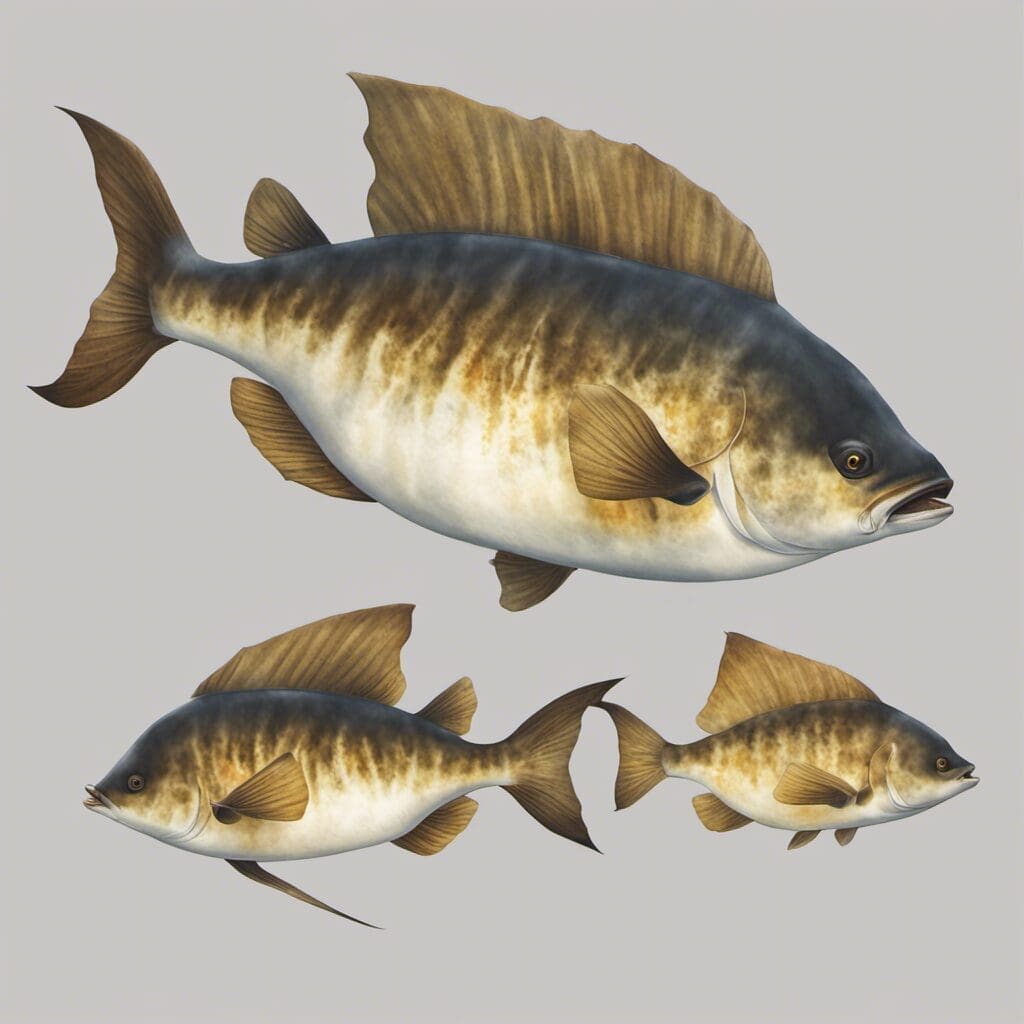Introduction
Sunfish, also known scientifically as ‘Mola’, are an intriguing and distinctive group of fish belonging to the family Molidae. They are odd-looking creatures, surprisingly classified as the heaviest of all the bony fish.
Conservation Status
Currently, the conservation status of the sunfish is listed as Vulnerable under the International Union for Conservation of Nature (IUCN). There are ongoing conservation efforts to study and preserve this species, including tagging and tracking programs to understand their migration and behavior better.
Statistics
| Statistic | Average | Range |
|---|---|---|
| Length | 1.8 meters | 0.8 to 3.3 meters |
| Weight | 1000 kilograms | 247 to 2300 kilograms |
| Average Lifespan | 10 years | – |
Distribution
Sunfish, despite their peculiar appearance, have a broad global distribution. They are found in temperate and tropical oceans worldwide. Notably, they migrate vertically during the day, often basking in the sun near the surface during the sunny hours, which helps them warm up after deep dives.
Habitats
These creatures are oceanic and prefer open water. They are found at depth ranges of up to 600 meters and can tolerate a temperature range of approximately 6 to 24 degrees Celsius, although they prefer near-surface temperatures for their sunbathing habits.
When and Where to See
Sunfish can be observed throughout the year, particularly near coastlines where they approach the surface around mid-day to bask in the sun, which gives them their common name.
Best Fishing Locations
Here are the top locations where you can commonly see or fish for Sunfish:
1. Monterey Bay, California, USA
2. Palm Beach, Florida, USA
3. Cape Town, South Africa
4. Nagasaki Prefecture, Japan
5. Azores, Portugal
6. Bali, Indonesia
7. Galapagos Islands, Ecuador
8. Sydney, Australia
9. Sea of Cortez, Mexico
10. Madeira Island, Portugal
Fishing for sunfish isn’t a common practice due to their poor taste and high danger of parasitic contamination. However, it’s always a unique experience to see them in their natural environment when scuba diving or sea watching.
How to Catch
Sunfish aren’t typically targeted by fishermen due to their relatively poor culinary value. Nonetheless, the lure of catching such a spectacular fish may still be attractive for some. They have been known to bite on squid and small fish, and are mostly caught by angling or netting.
Identification Guide
Sunfish have a distinctive shape, being nearly round with a flat body and large dorsal and ventral fins. Their skin is rough to the touch, with pigmentation ranging from silver to a spotted brownish color. They lack a true tail, having instead a clavus formed by the dorsal and anal fins.
Culinary
Traditionally, sunfish aren’t considered good eating because their flesh is often filled with parasites and can be rather tough. However, in Japan and parts of Europe, it is considered a delicacy and can be served in sushi or as sashimi.
Additional Information
Sunfish are curious creatures and despite their large size, they feed primarily on jellyfish. Their mating rituals are still a mystery for scientists. Known natural predators include sea lions, killer whales, and sharks. Human activities, like overfishing and pollution, also pose threats to this fascinating species.
References and Further Reading
Here are a few of the sources for further information:
– Florida Museum
– Oceana
- NOAA Fisheries
Please note that all external links open in new tabs

